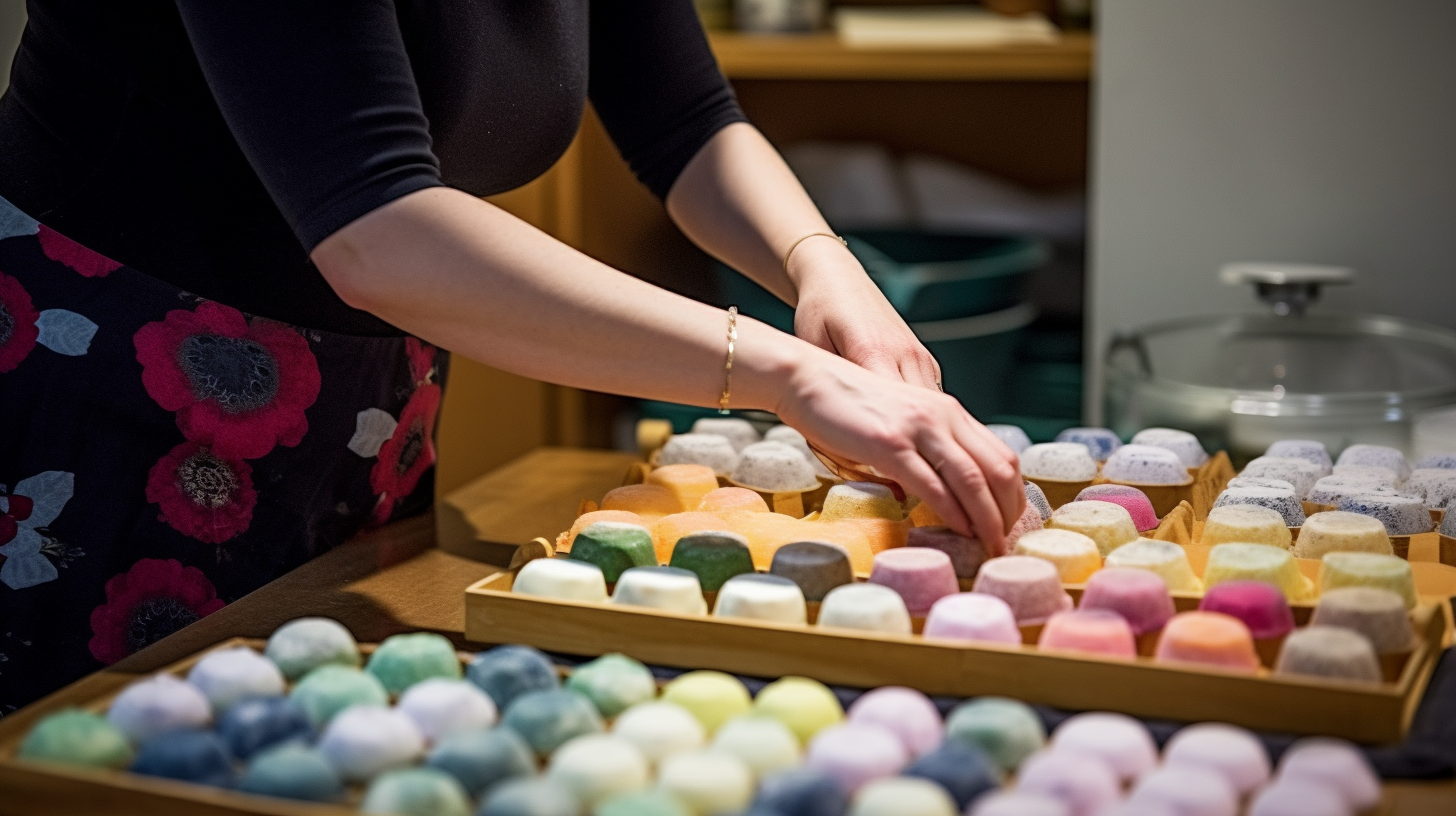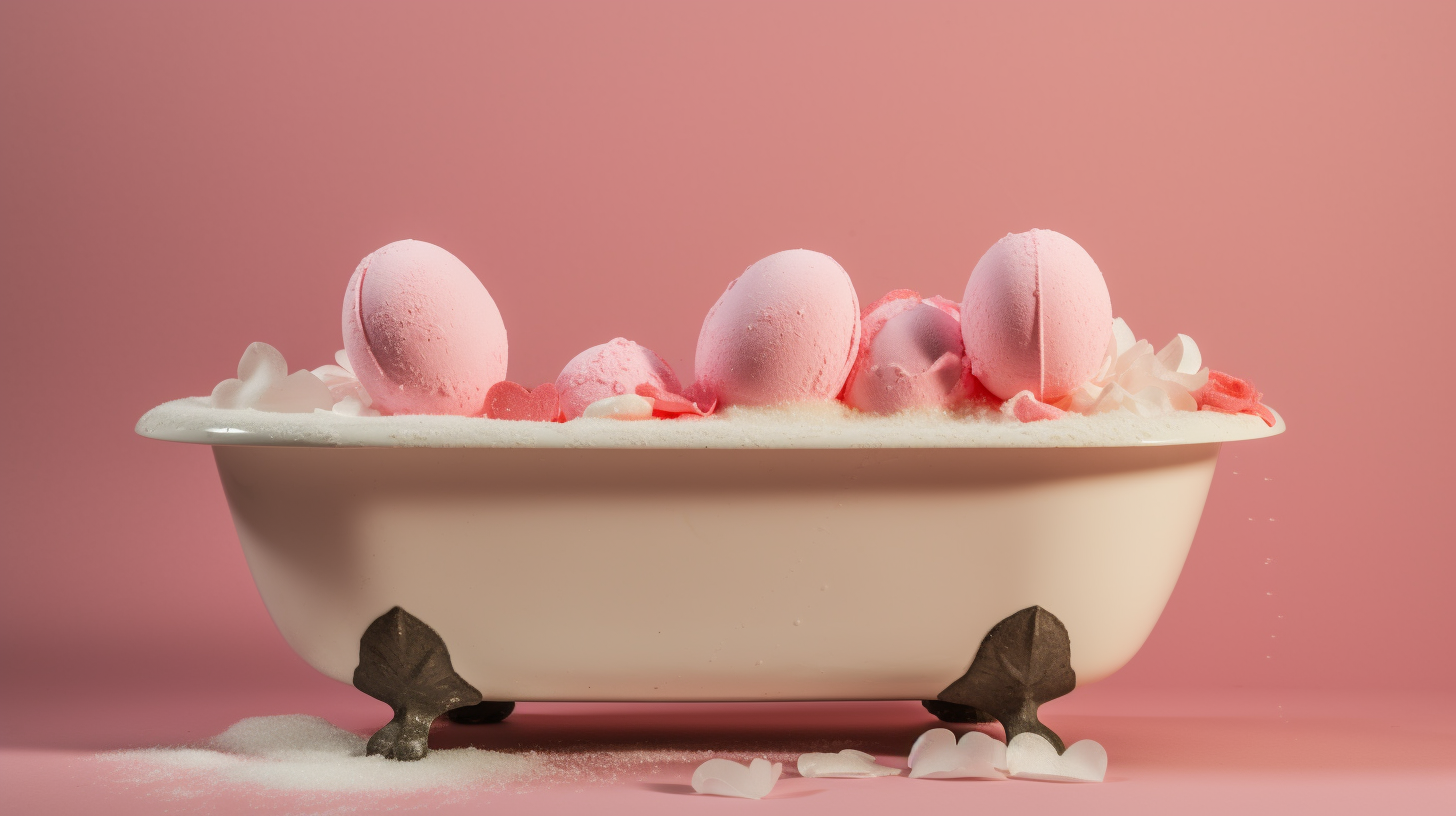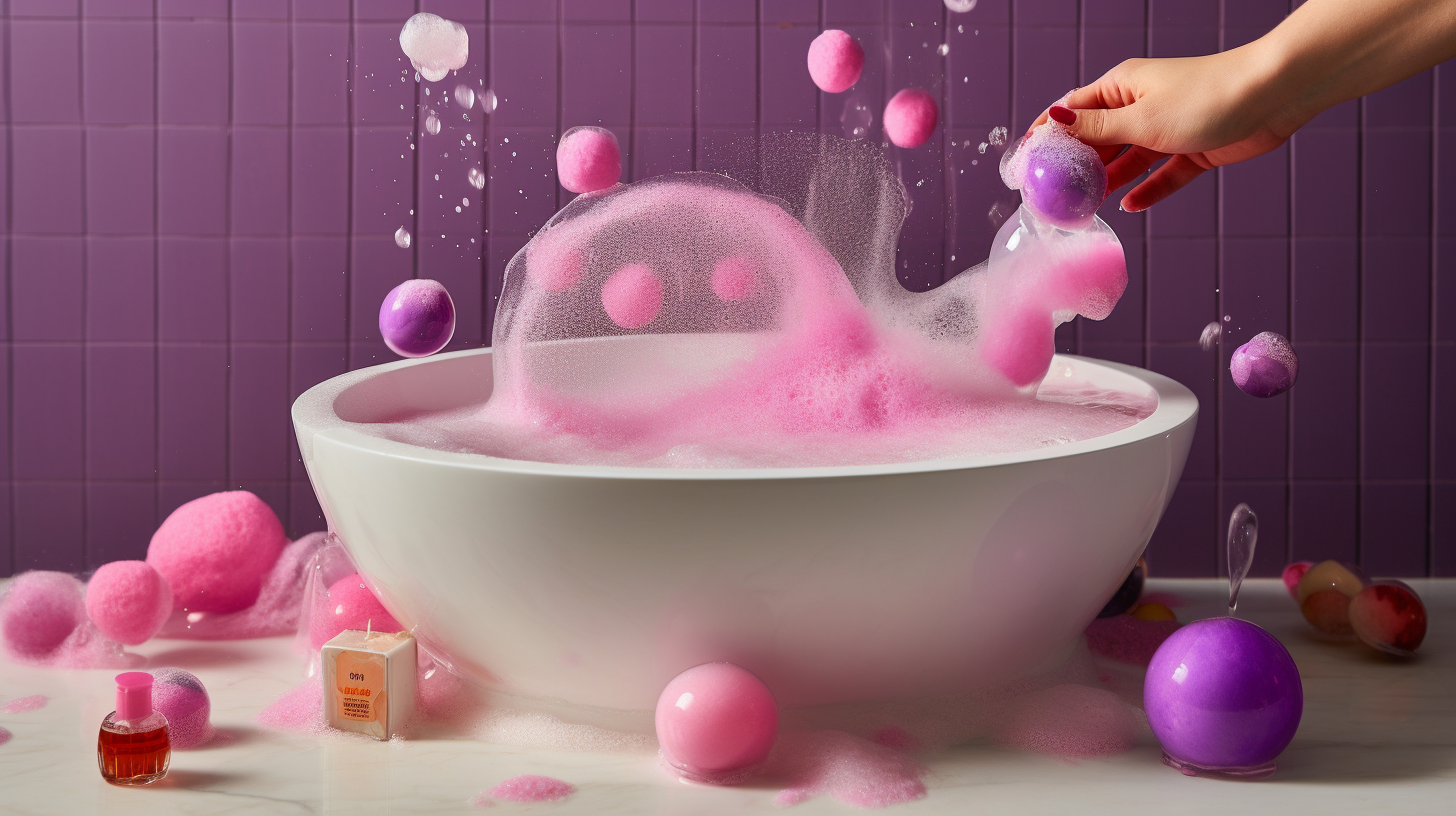Create Your Own Suds: Essential Ingredients for Homemade Soap Making
Welcome to the world of soap making! Whether you’re looking for a new hobby or searching for an alternative to store-bought soaps, making your homemade soap can be a fun and rewarding experience. While it may seem daunting at first, creating your own sudsy bars is easier than you might think. The key is to start with the right ingredients.
Why Make Your Own Soap?
Before we dive into the essential ingredients for homemade soap making, let’s talk about why you might want to consider making your soap in the first place.
First and foremost, homemade soap allows you to control what goes into the product. Many commercial soaps contain harsh chemicals and artificial fragrances that can irritate sensitive skin. By making your own soap, you can choose natural ingredients that are gentle on your skin and free of harmful additives.
In addition, making your own soap is often more cost-effective than purchasing high-quality artisanal soaps. While there is an initial investment in equipment and ingredients, once you have the basics on hand, you can create multiple batches of soap at a fraction of the cost of store-bought options.
Finally, creating your own soap is a creative outlet that allows you to experiment with different scents, colors, and textures. Whether you prefer a creamy lather or a bubbly one or want to incorporate herbs or other natural additives into your bars, the possibilities are endless!
The Essential Ingredients for Homemade Soap Making
Now that we’ve covered the benefits of making your own soap let’s take a closer look at the essential ingredients needed for this DIY project.
Lye
Lye (also known as sodium hydroxide) is one of the primary ingredients in traditional bar soaps. It’s essential for saponification, the chemical reaction that occurs when oils or fats are mixed with lye to create soap. While lye can be dangerous in its pure form, it’s safe to use in soap making as long as you follow proper safety precautions.
When purchasing lye, be sure to buy a high-quality product specifically labeled for soap making. You can find lye online or at your local soap making supply store.
Oils and Fats
The oils and fats used in homemade soap serve as the base of the recipe and determine the final texture and moisturizing properties of the bars. There are many different oils and fats to choose from, each with its unique characteristics.
Some popular options include:
- Olive oil: produces a mild, gentle soap with a creamy lather
- Coconut oil: creates a bubbly lather and adds hardness to the bars
- Palm oil: contributes to a stable lather and helps harden the bars
- Shea butter: adds moisturizing properties and a creamy texture to the soap
You can use one type of oil or a combination of several depending on your preferences. When choosing your oils, be sure to consider their fatty acid composition, which can affect how hard or soft the final bars will be.
Essential Oils or Fragrance Oils
To add scent to your homemade soap, you’ll need either essential oils or fragrance oils. Essential oils are derived from plants and offer natural scents that can also provide additional benefits for your skin. Fragrance oils are synthetic blends designed specifically for use in soap making.
When selecting essential or fragrance oils, be sure to choose high-quality, skin-safe options. Some popular essential oils for soap making include lavender, peppermint, and eucalyptus. Fragrance oils come in a wide range of scents, from fruity to floral to earthy.
Colorants
If you want to add color to your soap bars, you’ll need to choose a colorant. There are several different options to choose from, including:
- Mica powder: creates shimmery or metallic effects
- Natural colorants: such as cocoa powder or turmeric
- Synthetic colorants: designed specifically for use in soap making
When selecting your colorants, be sure to choose skin-safe options that won’t bleed or fade over time.
Natural Additives
In addition to the essential ingredients listed above, you can also incorporate natural additives into your homemade soap recipe. These can provide additional benefits for your skin and add texture or visual interest to the bars.
Some popular natural additives for soap making include:
- Herbs: such as lavender buds or chamomile flowers
- Oatmeal: adds texture and soothing properties
- Honey: adds moisturizing properties and a sweet scent
- Milk: adds creaminess and extra moisturizing properties
How to Make Homemade Soap: Step-by-Step Instructions
Now that we’ve covered the essential ingredients for homemade soap making let’s walk through the process step by step.
Step 1: Prepare Your Workspace and Equipment
The first step in making homemade soap is to prepare your workspace and equipment. You’ll need:
- A large pot or crockpot
- A digital kitchen scale
- A stick blender
- A thermometer
- Protective gear: gloves, goggles, and a mask
Be sure to work in a well-ventilated area and cover your workspace with newspaper or plastic wrap to protect it from spills.
Step 2: Measure Your Ingredients
Using a digital kitchen scale, measure out your oils, lye, and water according to your recipe. Be sure to follow the recipe carefully and double-check your measurements before proceeding.
Step 3: Mix Your Lye Solution
Add the lye to the water (never the other way around!) in a heat-safe container. Stir until the lye is fully dissolved. The mixture will become very hot, so be sure to let it cool down before moving on.
Step 4: Melt Your Oils
In a large pot or crockpot, melt your oils over low heat until they’re fully liquid. Be sure to stir occasionally to prevent scorching.
Step 5: Combine Your Lye Solution and Oils
Carefully pour the lye solution into the melted oils while stirring constantly with a stick blender. Continue blending until the mixture reaches “trace,” which is when it thickens enough that you can see ridges or lines when you lift the blender out of the mixture.
Step 6: Add Your Essential Oils, Colorants, and Natural Additives
Add your essential oils, colorants, and natural additives to the soap mixture and stir well to combine.
Step 7: Pour Your Soap into a Mould
Pour your soap mixture into a mould of your choice. You can use silicone moulds, plastic containers, or even lined cardboard boxes. Be sure to tap the mould gently on a flat surface to remove any air bubbles.
Step 8: Let Your Soap Cure
Allow your soap to cure for at least 24 hours or until it’s firm enough to unmould. Once you’ve unmoulded the soap, cut it into bars and let it cure for an additional 4-6 weeks before using.
Conclusion
Congratulations, you’ve just made your own homemade soap! While there may be a learning curve when it comes to soap making, with practice, you’ll soon be creating beautiful bars that are gentle on your skin and smell amazing.
Remember to always follow safety precautions when working with lye and other ingredients and double-check your measurements before proceeding. With the right ingredients and a little bit of patience, you can create sudsy bars that are customized to your preferences and needs.




